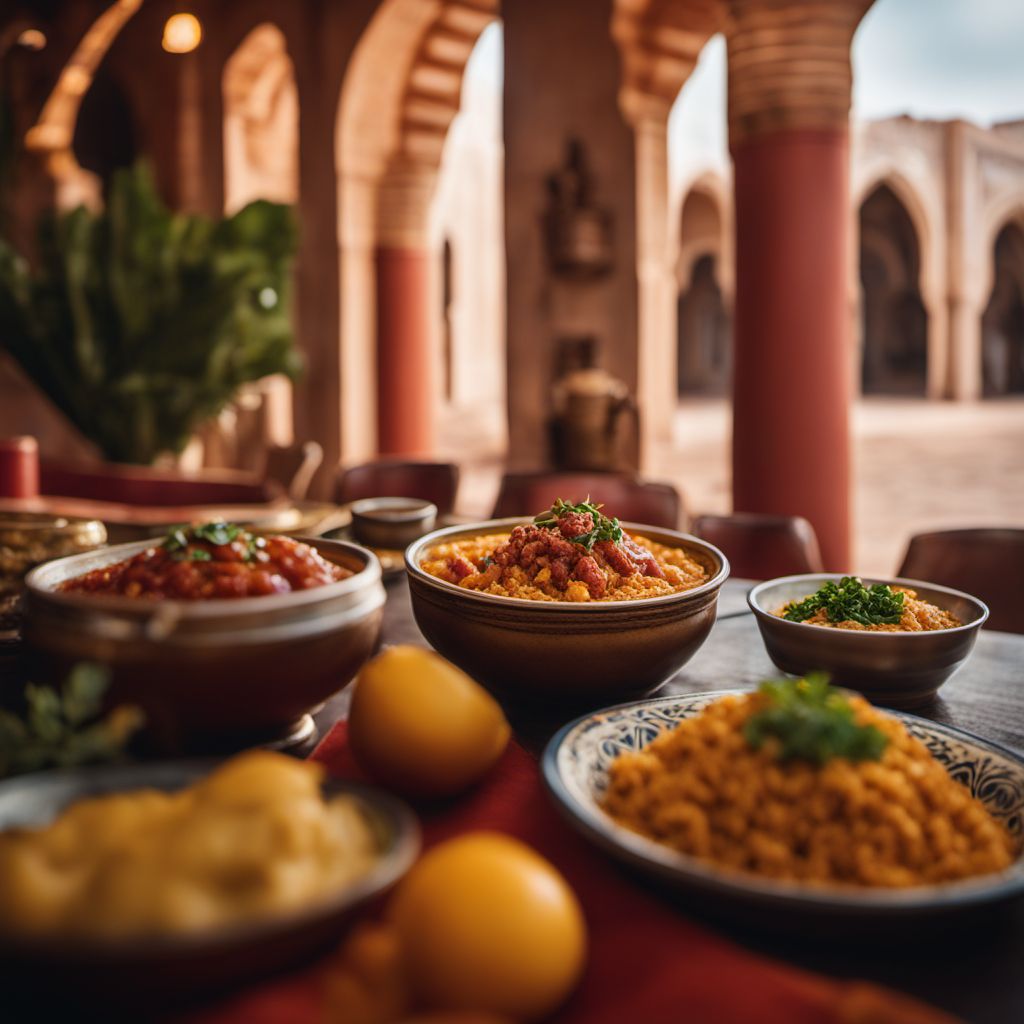
Cuisine
Tunisian cuisine
Tunisian cuisine is based on a few staple ingredients, including couscous, harissa, and olive oil. Meat, particularly lamb and beef, is also commonly used. Vegetables such as eggplant, tomatoes, and peppers are also popular. Spices such as cumin, coriander, and saffron are used to add flavor to dishes. Tunisian cuisine is also known for its seafood dishes, which are often made with fresh fish and shellfish.
Typical ingredients
Couscous, Harissa, Olive oil, Lamb, Beef, Eggplant, Tomatoes, Peppers, Cumin, Coriander, Saffron, Fish, Shellfish
Presentation and garnishing
Tunisian dishes are often presented on large platters, with the main dish in the center and the sides arranged around it. Bread is also an important part of the presentation, with many different varieties available. Tunisian cuisine is also known for its use of spices, which are often used to add flavor to dishes.
Tunisian cuisine is known for its hospitality, with guests being served generous portions of food. Tunisian cuisine is also heavily influenced by Islamic dietary laws, with pork being forbidden and halal meat being preferred.
More cuisines from this region...
Moroccan cuisine, Egyptian cuisine, Algerian cuisine, Berber cuisine, Libyan cuisine, Sudanese cuisine, Mauritanian cuisine, Western Saharan cuisine
History
Tunisian cuisine has a long and complex history, with influences from the Berbers, Phoenicians, Romans, Arabs, and Ottomans. The cuisine has also been influenced by neighboring countries such as Italy and France. Tunisian cuisine is often associated with hospitality, with meals being a social event and guests being served generous portions of food.
Cultural significance
Food is an important part of Tunisian culture, with meals often being a social event. Tunisian cuisine is also heavily influenced by Islamic dietary laws, with pork being forbidden and halal meat being preferred.
Health benefits and considerations
Tunisian cuisine is generally considered to be healthy, with a focus on fresh ingredients and spices. However, some dishes can be high in fat and calories, particularly those made with meat and fried foods. Tunisian cuisine is also heavily influenced by Islamic dietary laws, with pork being forbidden and halal meat being preferred.
Tunisian cuisine dishes Browse all »

Kaak warka
Kaak warka is a traditional Tunisian pastry made with thin layers of phyllo dough and filled with a sweet almond paste. It is a delicate and delicious pastry that is perfect...

Kusksi bil hoot
Couscous with Fish
Kusksi bil hoot is a traditional Tunisian dish that consists of couscous cooked with fish and vegetables.
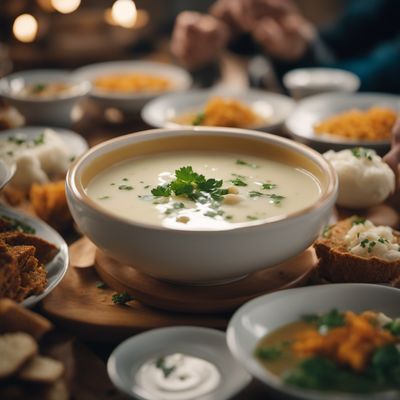
Chorba beïda
White soup
Chorba beïda is a traditional Algerian soup made with chicken and lemon. It is a tangy and flavorful dish that is perfect for any occasion.

Mesfouf
Sweet Couscous
Mesfouf is a traditional North African dish made from couscous and raisins. It is often served as a sweet breakfast or dessert.

Kesra
Kesra is a traditional Algerian flatbread that is made with semolina flour. It is a staple food in Algeria and is often served with stews and soups.

Tajin sfinari bil zaytun
Vegetarian Casserole with Olives
Tajin sfinari bil zaytun is a traditional Moroccan dish that is typically served during special occasions such as weddings and holidays. It is a flavorful and aromatic dish...

Mechouia Salad
Mechouia Salad is a Tunisian salad that is smoky, spicy, and tangy. It is a perfect dish for hot summer days or as a side dish to a spicy main course.

Hafechabis
Chickpea Stew
Hafechabis is a traditional Ethiopian dish made with ground chickpeas and spices. It is a popular vegetarian dish that is often served with injera, a sourdough flatbread.
Tunisian cuisine recipes Browse all »
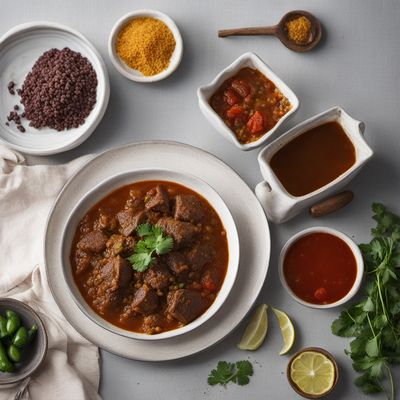
Tunisian Spiced Lamb Stew with Couscous
Savory Delights: Tunisian Lamb Maouri with Fragrant Couscous

Makroud el louse - Tunisian Date-Filled Semolina Cookies
Delightful Tunisian Delicacy: Makroud el louse - Sweet Semolina Cookies Filled with Dates
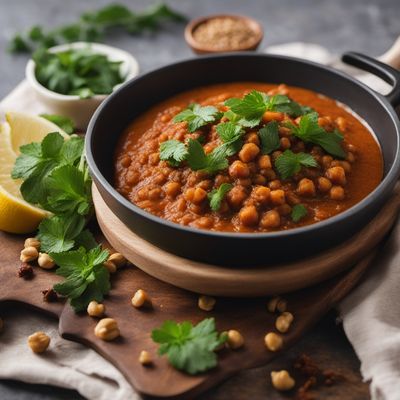
Tunisian Spiced Cucurucho
Savory Tunisian Twist on Cucurucho: A Flavorful Delight

Spicy Yam Salad with Tunisian Twist
Harissa-infused Yam Salad: A Tunisian Delight
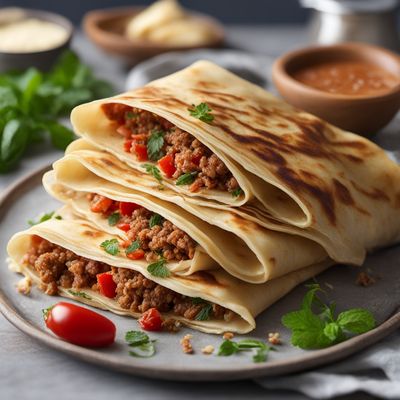
Tunisian-inspired Stuffed Crepes
Savory Tunisian Delight: Stuffed Crepes with a Twist
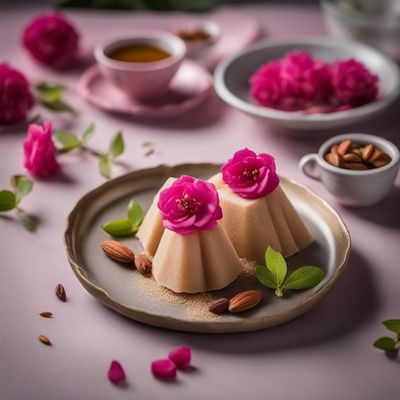
Tunisian-inspired Sweet Delights
Harmonious Fusion: Tunisian-inspired Wagashi
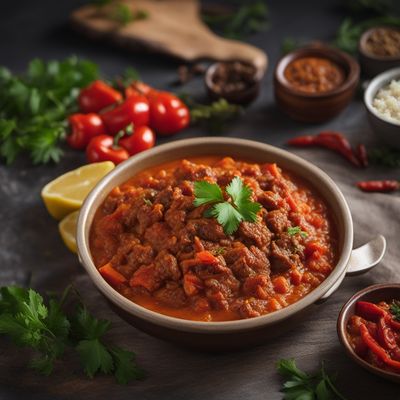
Tunisian-inspired Spezzatino
Harissa-infused Spezzatino: A Tunisian Twist on Italian Comfort Food

Grilled Chicken Bánh mì with Tunisian Twist
Tunisian-Inspired Grilled Chicken Bánh mì: A Fusion of Flavors
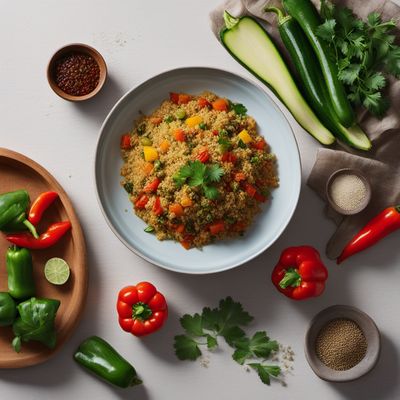
Tunisian Spiced Couscous with Roasted Vegetables
Savory Delight: Tunisian Spiced Couscous with Roasted Vegetables

Tunisian Spiced Chickpea Soup
Savory Delight: Tunisian Spiced Chickpea Soup

Tunisian-Inspired Spiced Tomato Salad
Harissa-infused Tomato Salad: A Tunisian Twist on Salsa Criolla
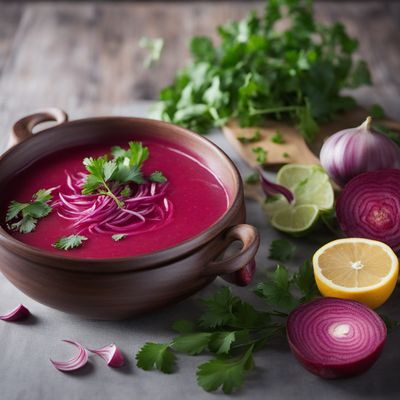
Tunisian Beet Soup
Harmony of Tunisian Flavors: Vibrant Beet Soup